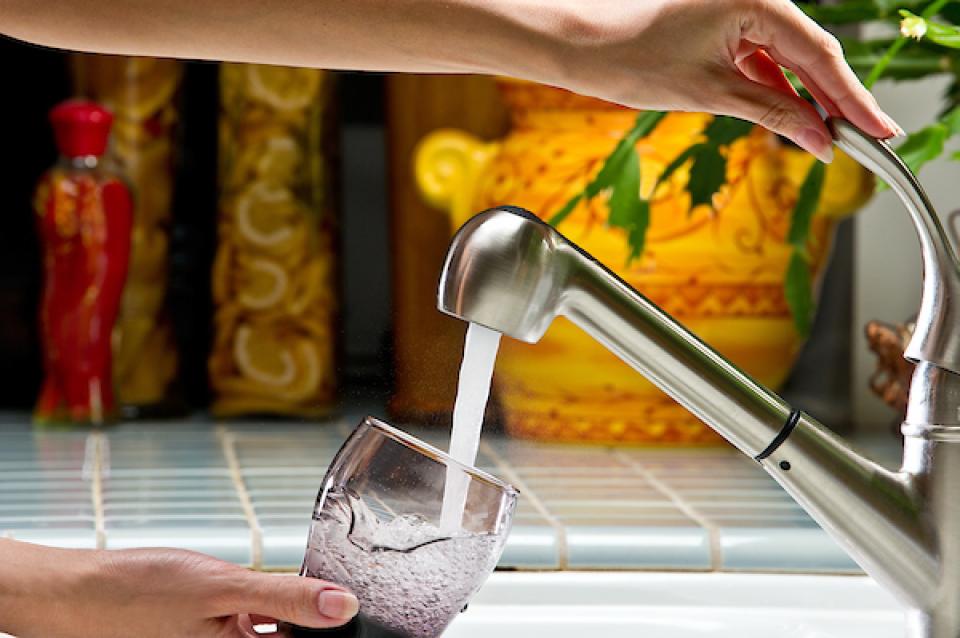Potable Water
 Potable water, also known as
drinking water, comes from surface and ground sources and is
treated to levels that that meet state and federal standards for
consumption.
Potable water, also known as
drinking water, comes from surface and ground sources and is
treated to levels that that meet state and federal standards for
consumption.
Water from natural sources is treated for microorganisms, bacteria, toxic chemicals, viruses and fecal matter. Drinking raw, untreated water can cause gastrointestinal problems such as diarrhea, vomiting or fever.
The U.S. Environmental Protection Agency’s (EPA) National Primary Drinking Water Regulations establish maximum contaminant levels (MCLs) for various contaminants.
In California, the State Water Resources Control Board ensures the actual levels are close to Public Health Goals while setting standards (called “notification levels”) for contaminants not specified by the EPA.
Sources
Drinking water sources in California are groundwater, the Central Valley Project, local streams and reservoirs, the State Water Project or some independent water projects in populous cities. There is increased attention to accessing water from nontraditional sources, such as desalinated seawater, brackish groundwater and highly treated wastewater that is used for indirect potable reuse.
For specific information about each county in California, visit our page Where Does My Water Come From?








